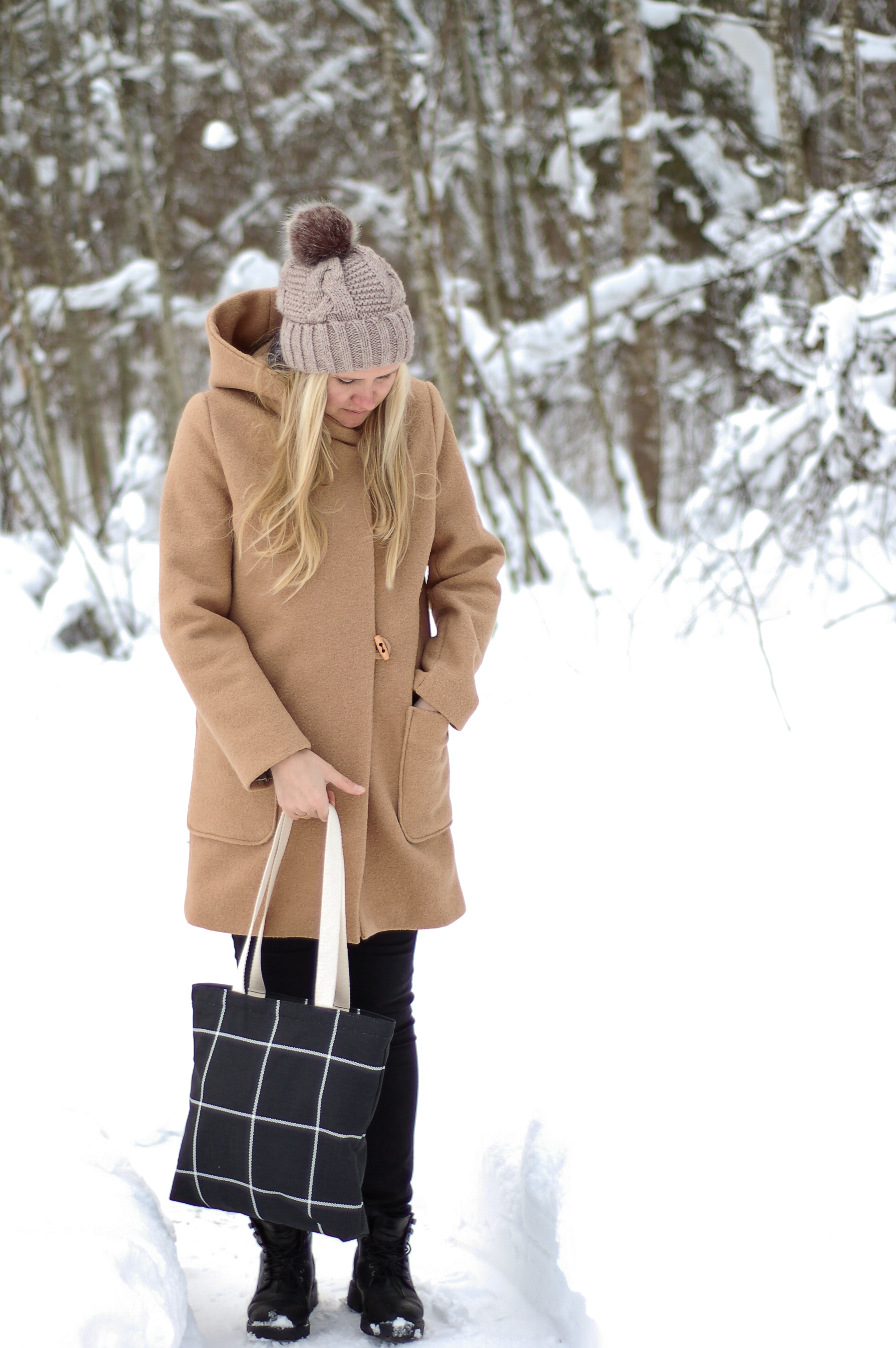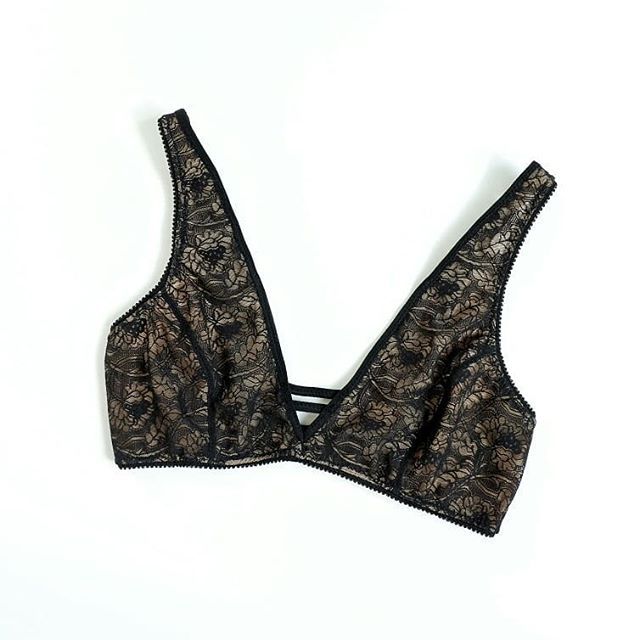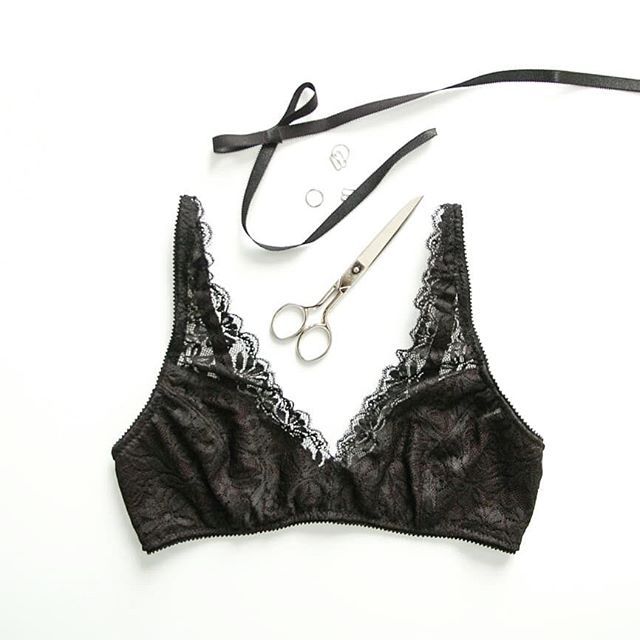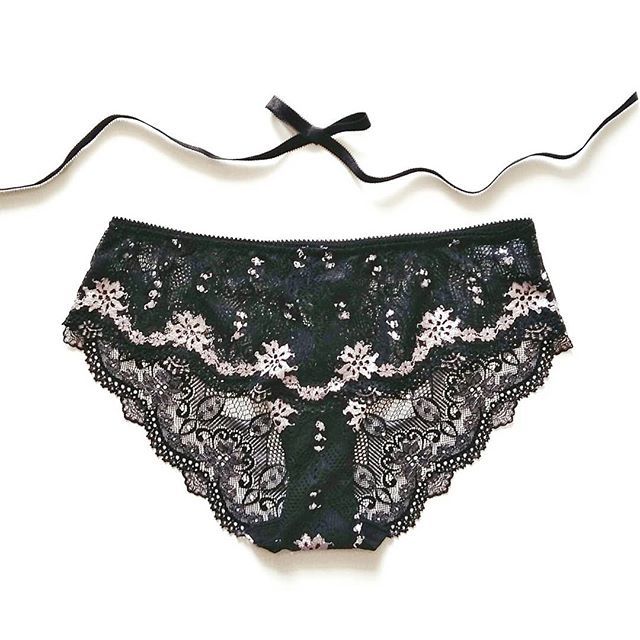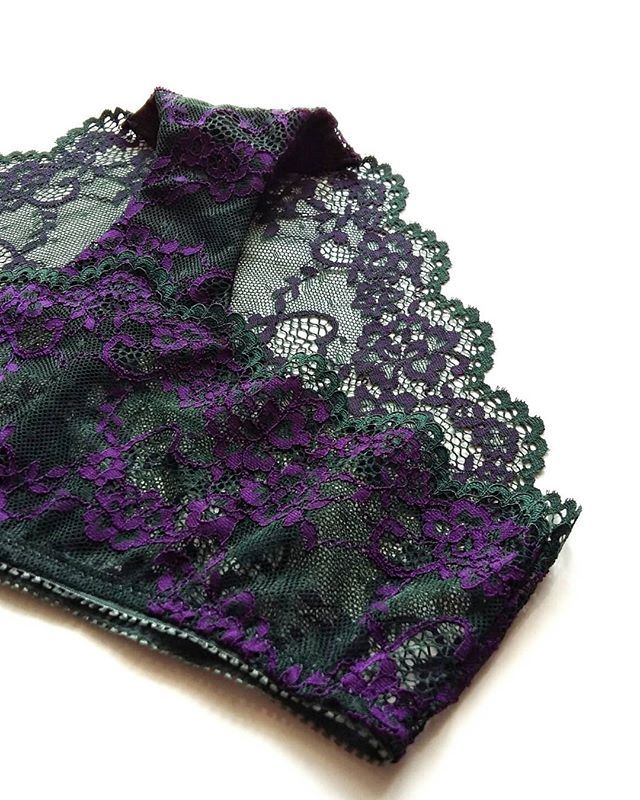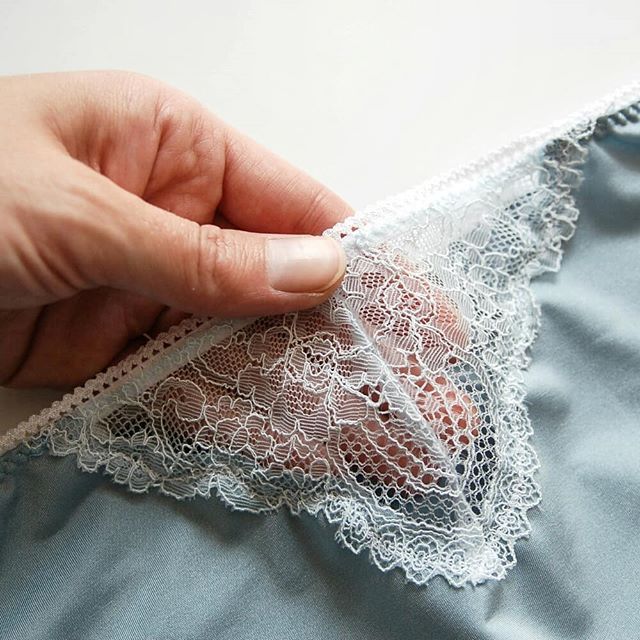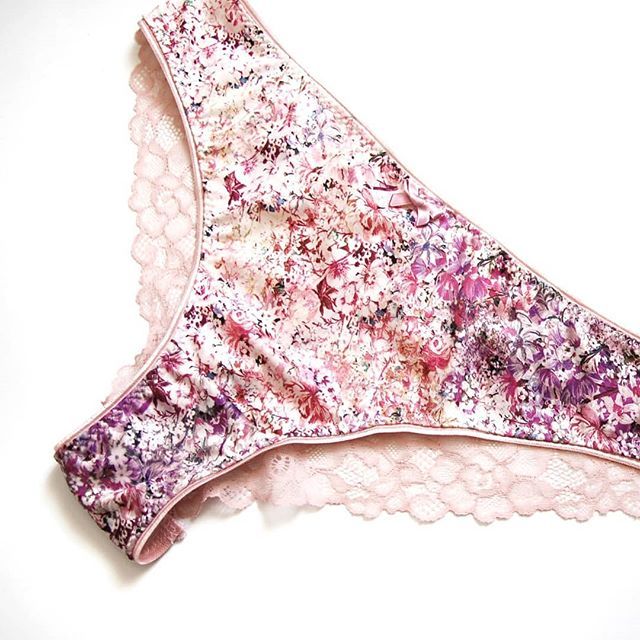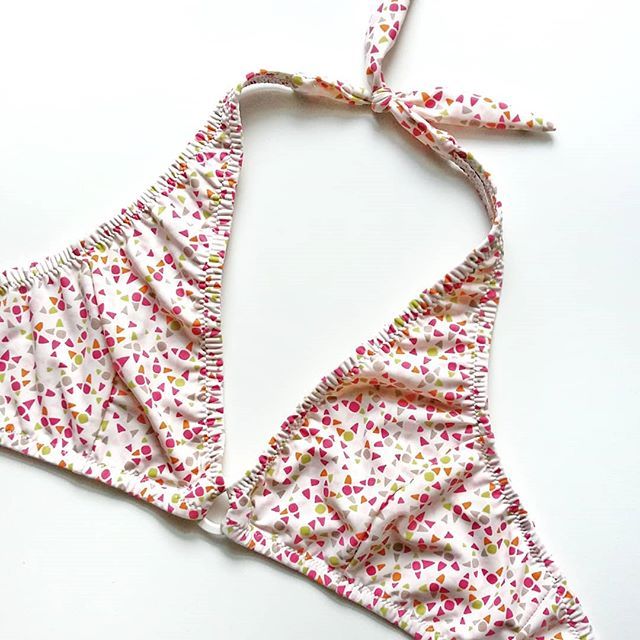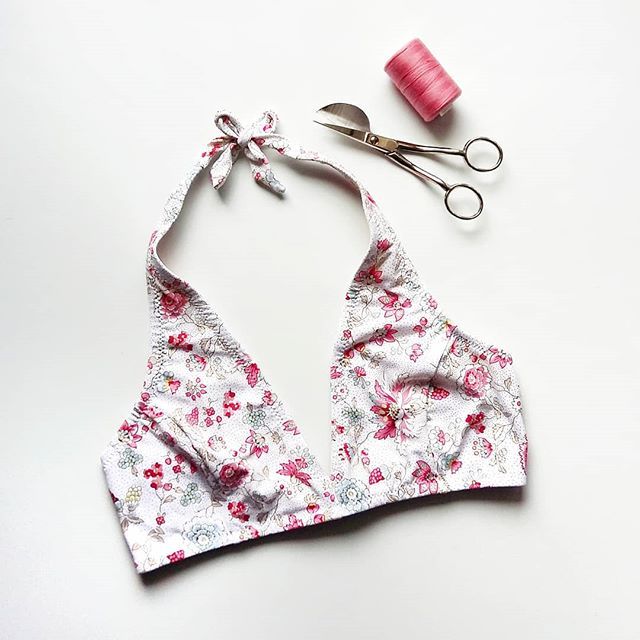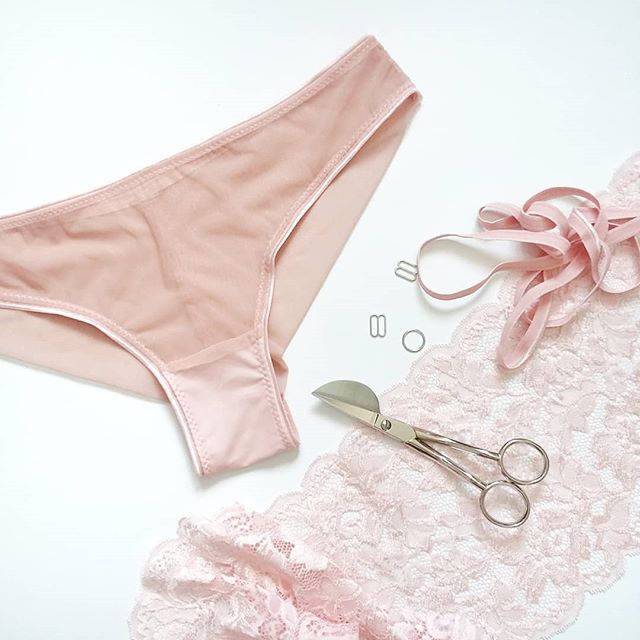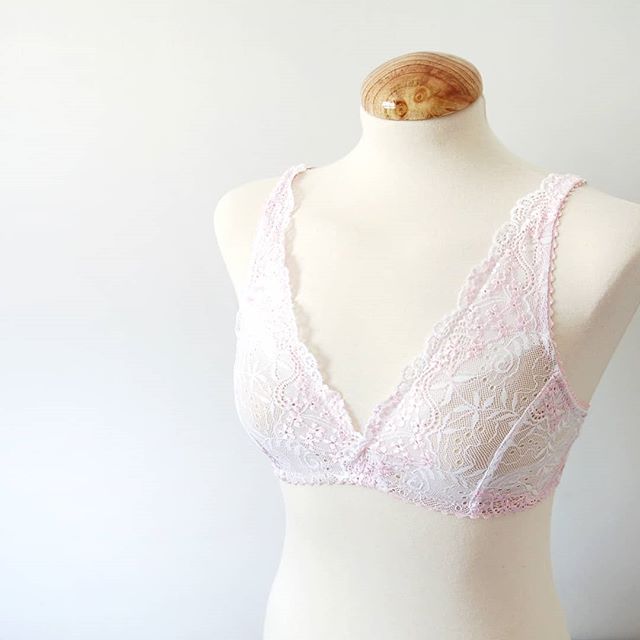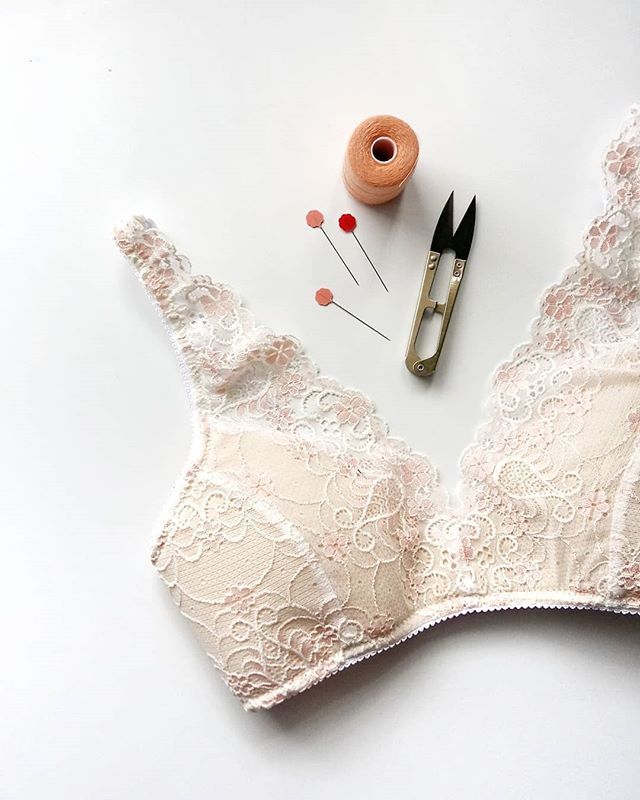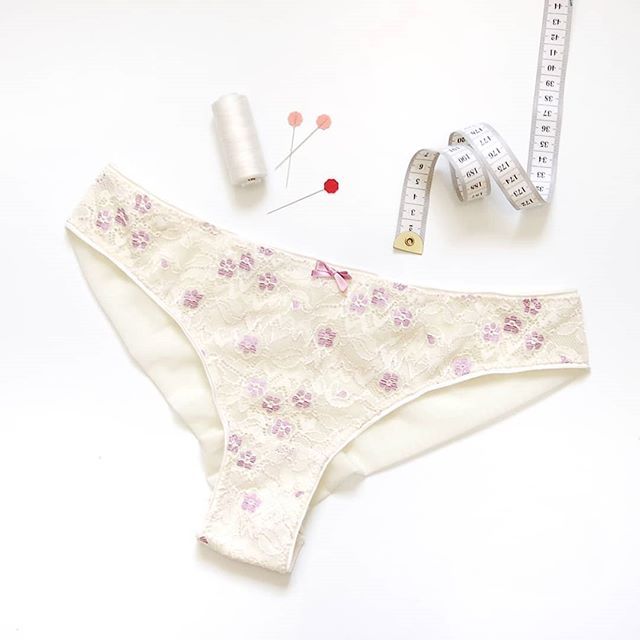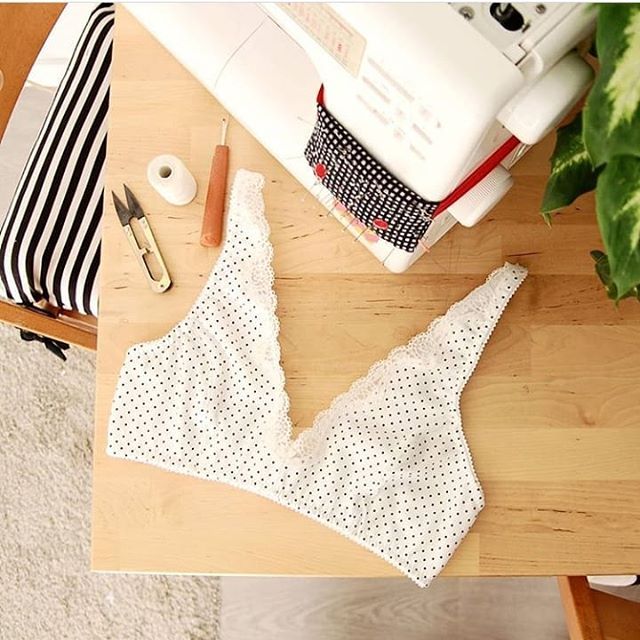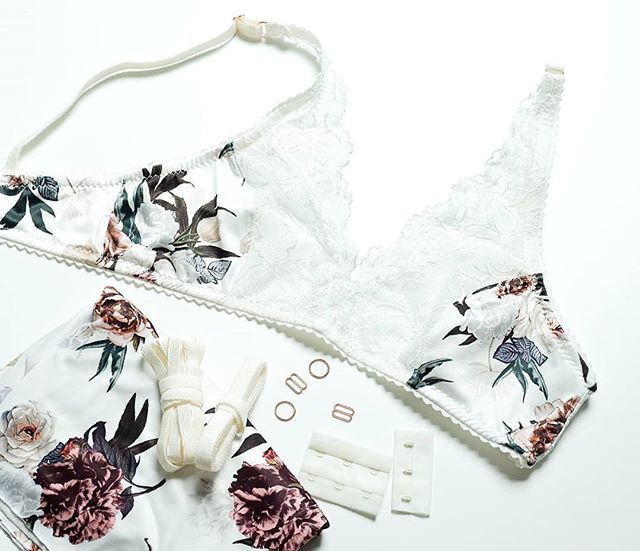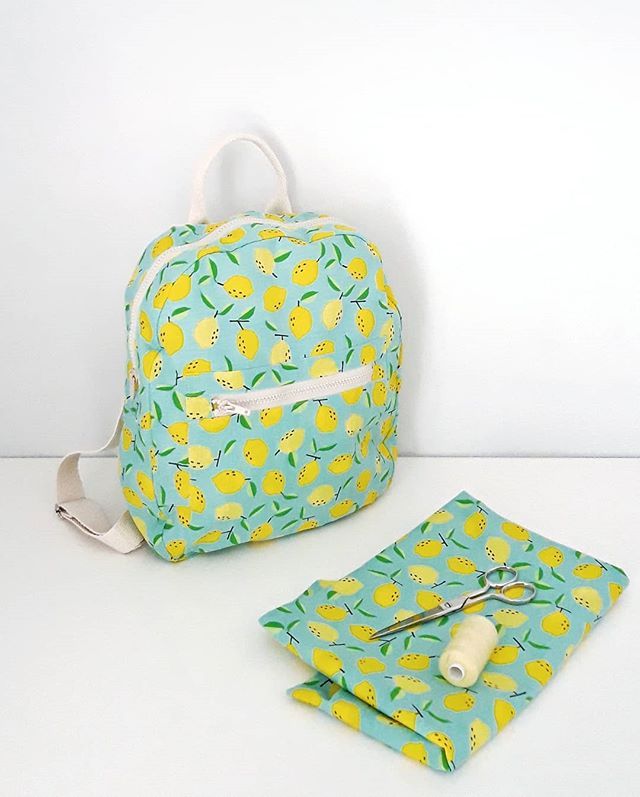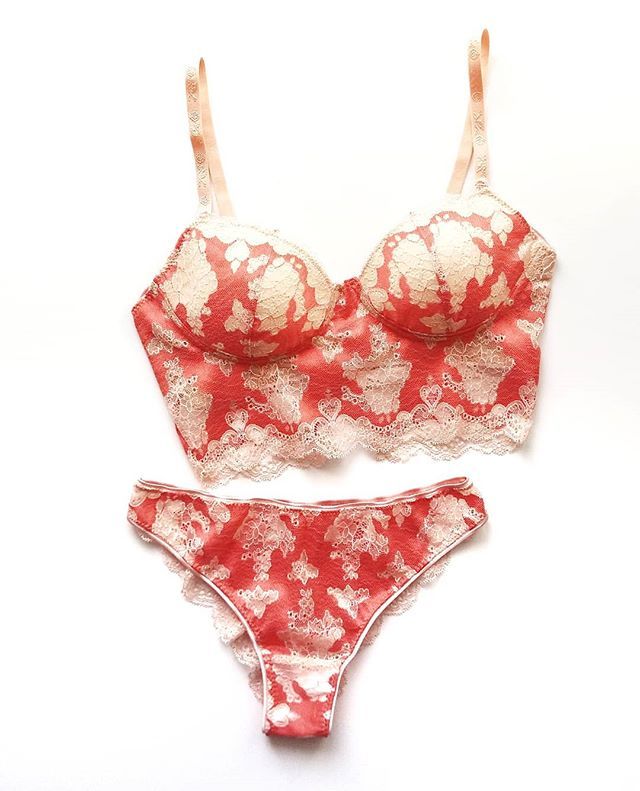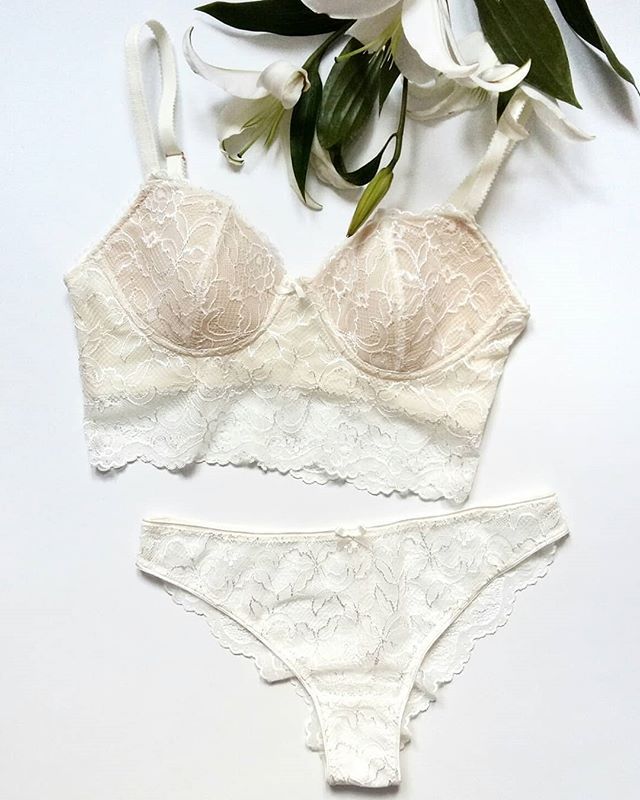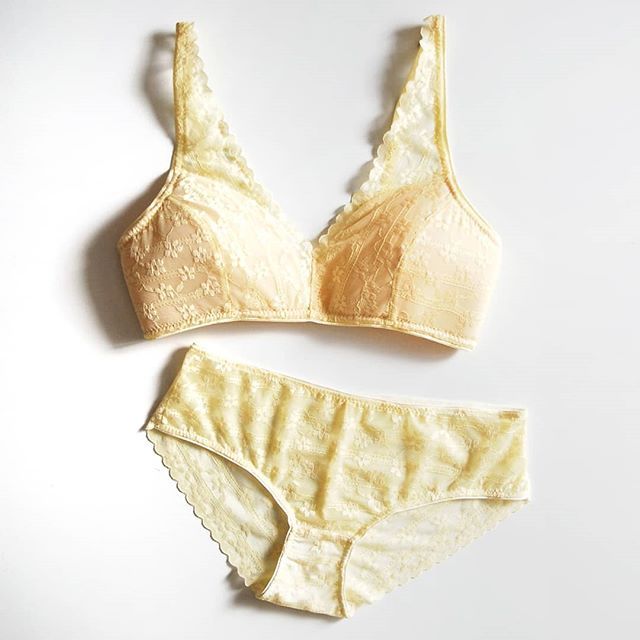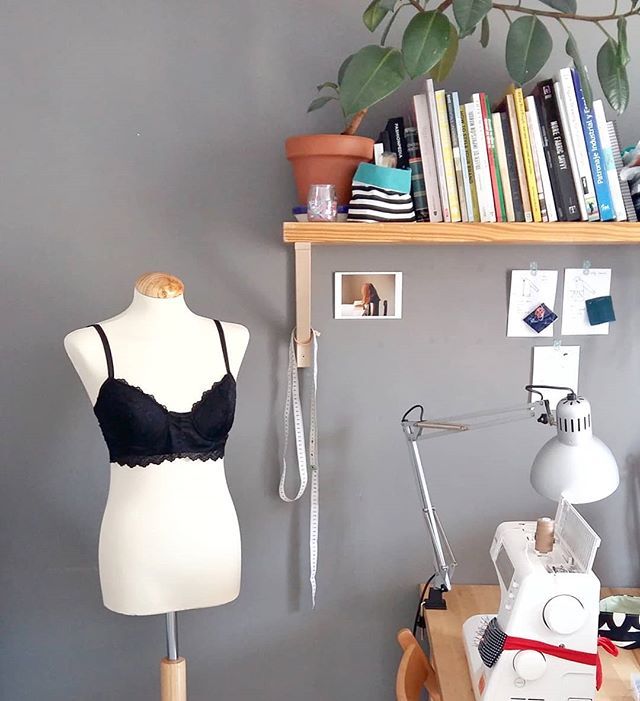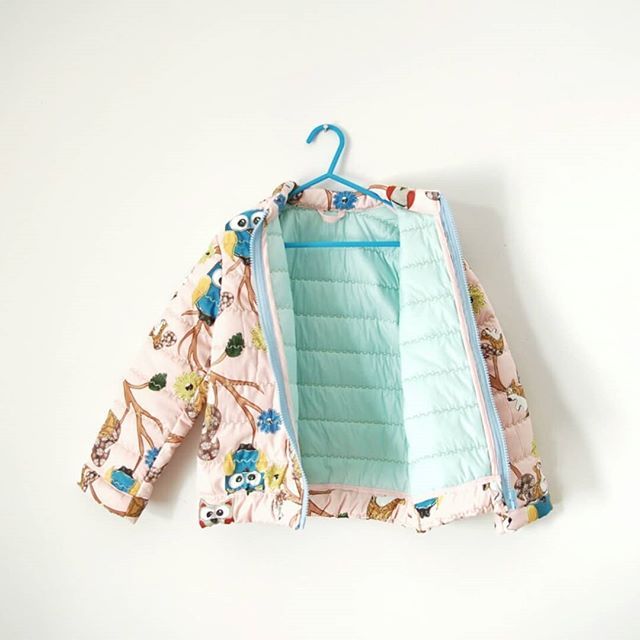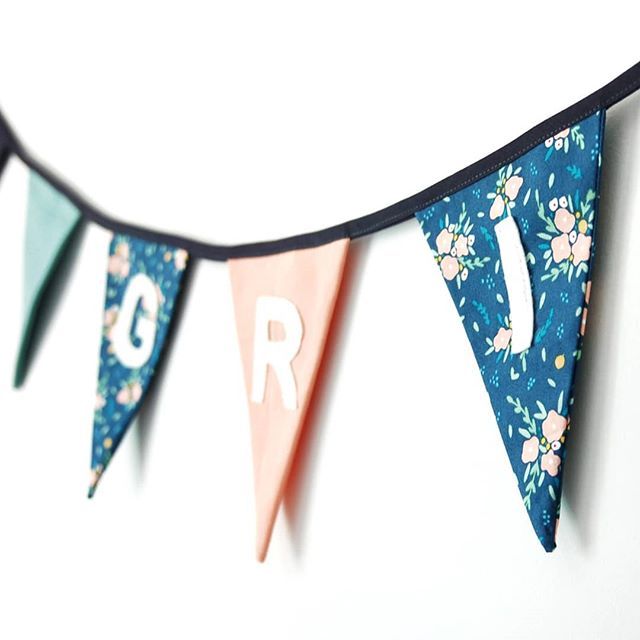Hola! Acabo de volver de Estonia, allí me hice este abrigo nuevo y no quiero olvidarme de los detalles así que dejo aquí estas fotos y comentarios sobre el patrón. Desde otoño sabía que quería hacerme un abrigo este año pero no había encontrado un patrón que me llame mucho la atención y no estaba muy segura sobre el corte que quería, tenía ya una lana gris comprado desde hace un par de años pero aún así no había empezado nada. Además el tema de tejer vino en noviembre con tanta fuerza, así que no estaba buscando nada en concreto tampoco. Pero el otro día probé en Benetton este abrigo y me gustó mucho el corte y el tono camel también. La verdad es que hubiera comprado el abrigo y punto, pero claro…los automáticos estaban mal cosidos, tenía algún que otro defecto más y así no se puede, jaja, enseguida sabía que tenía que hacerlo yo misma. Me gustó cómo me quedó el abrigo, el corte recto pero con pinzas en el pecho, el cuello simple me parecía guay para poder llevar alguna bufanda (y así de paso sumar proyectos para tejer, jaja). Ese mismo día cuando vine a casa me puse a rebuscar entre mis patrones para ver si había algún patrón sencillo pero no encontré nada que no hubiera tenido que modificar mucho. Tampoco encontraba nada en internet…todos los patrones tenían cosas que no cuadraban con mi idea. Así que como mi viaje estaba ya cerca, decidí hacer el abrigo allí y buscar el patrón en la biblioteca de mi pueblo (allí puedes consultar todas las Burdas desde los 90 en la biblioteca y sacar patrones!).
Hey! I just came back from Estonia where I made myself this new coat so I thought it would be nice to write about the details of making it here, this way I’ll also remember myself. Since autumn I knew I wanted to make a coat this year but I hadn’t found a pattern that would be the exact match and I wasn’t too sure about the style I even wanted to make. I actually had a grey wool coating already in my stash but I hadn’t started anything yet. Also, my knitting phase started in November so I wasn’t really in sewing mood anyway. But the other day I tried on this coat in Benetton and I liked the style and the fit a lot on me, and the camel tone was flattering too. To be honest, I would have bought the coat then and there, but of course…the snaps were not well sewn on, there were other details that were wrong so it was pretty clear to me, hehe, I knew I needed to make a coat like that myself. I liked the fit on me, the straight lines with bust darts, a simple collar seemed like a good idea for wearing a pretty scarf (and this way I could add a knitting project to my list too, hehe). The same day when I came home I looked trough my patterns but I didn’t see any simple patterns similar to this style that woldn’t requier too many modifications. I also couldn’t find anything on the Internet…all the patterns had things that didn’t match with my idea of a minimal style. As my trip was close I decided to sew the coat there and look for a pattern in my local library (you can borrow Burda Style magazines there to use the patterns, they have stuff from the 90s up until the most recent issues!).
Al final mi plan cambió porque en vez de biblioteca, encontré un patrón de Burda Style ya en formato de papel en mi tienda de tejidos. El Burda Style 6987 tiene un look sencillo, el corte como me gustaba pero no tiene el cuello que yo quería. De todas maneras la idea de capucha también me pareció graciosa así que opté por usar ese patrón (y cortar directamente mi talla en el papel de patrones, sin calcar piezas ni pegar papeles, así sí, jaja). Hice algunos cambios en el patrón: alargué las mangas por 3 cm, es un ajuste que suelo hacer porque soy más alta/con brazos más largos que la media. Luego vi que hubiera podido dar incluso 2 cm más, no me quedaron las mangas cortas pero tuve que sacrificar un poco de margen de costura. Quité la costura horizontal en el cuerpo que tiene la versión original, no me interesaba y lo que hice fue simplemente unir las piezas de cuerpo de la parte de arriba ya de la parte de abajo con celo.
In the end my plan changed as instead of getting my pattern from the library, I found a Burda Style pattern in paper version in my local fabric shop. The Burda Style no 6987 has a simple look, I liked the style lines but it didn’t feature the collar I wanted. Anyhow the hood idea wasn’t bad either so I decided to use this pattern (and to cut my size directly from the pattern sheet, without tracing or taping paper, hehe). I made some adjustments: I made the sleeves 3 cm longer, something I always do as I’m taller/I have longer arms than average size person. Later I saw that I could have added aprox 2 cm more actually, the sleeves didn’t end up too short but I had to sacrifice a bit of the sleeve hem allowance for that. I took away the horizontal seam that the original version of this coat had, I didn’t like it and it was as easy as just taping the upper and lower body parts together.
Usé una lana 100% tipo boiled wool para el exterior y forro de viscosa para el interior. Hice la talla 38 en versión B pero con el largo de la versión A (la diferencia es de unos 15 cm aprox). El patrón requiere para esta versión 3,1 metros de tela pero había comprado 2,5 y me cabían las piezas juuusto haciendo un poco de tetris. De forro usé unos 2 metros. En el patrón te indica las zonas que tienes que entretelar pero yo entretelé más, lo consulté con mi madre (ella tiene la formación de modista) y al final puse entretela a los bajos, en el cruce delantero (más o menos la mitad de las piezas), en los hombros delanteros, hombros traseros, la parte superior de la manga, donde los bolsillos, bajos de las mangas, toda la vista delantera…creo que es todo, jeje.
I used a boiled wool for the exterior layer (100% wool) and a rayon lining (100% viscose). I made a size 38, using the view B but with the length of the view A (the difference is about 15 cm aprox). The pattern instructions say you need 3,1 meteres of fabric but I had bought 2,5 and with a bit of tetris I cut everything out quite nicely. I used aprox 2 meters of lining too. There are instructions about where you should apply interfacing but I used it in more areas. I consulted with my mom (who has a diploma in tailoring) and I used interfacing in hems, in about half of the front pieces, in the shoulder areas for both front and back pieces, in the upper part of the sleeve, in the pocket areas, sleeve hems, all the front facings…I think that’s it, hehe.
Seguí las instrucciones para coser la parte de los hombros y capucha que era una cosa un poco distinta y el resto lo hice ya según lo he hecho otras veces, así que no seguí del todo el paso a paso. Coser el abrigo no es difícil, yo pienso que la parte que requiere ayuda es el tema de las mangas: lo mejor es que alguien te ayuda a poner las mangas con alfileres para poder adaptarlas bien a tu cuerpo. Como casi siempre, tuve que reducir el largo de hombro, pero en general la manga ha sido fácil de coser. He usado también unas hombreras finitas para tener mejor forma. La tela es gruesa y especialmente la parte que se une con la vista genera mucho bulto, lo he cosido con la máquina industrial, no sé si mis máquinas domésticas podrían pasar la parte de las costuras donde se juntan prácticamente cuatro capas de lana gruesa en algunas partes.
I followed the instructions for the shoulder and hood part as it was a bit different and for the rest of the coat I followed a method I’ve used for other pieces like this, so I didn’t follow the step-by-step instructions. Sewing a coat is not difficult, I’d say that setting the sleeves is the most complicated part: it would be great if someone can help you with pinning the sleeves on so they will fit with your body. As almost always I had to reduce the shoulder length but in general sewing the sleeves was easy this time. I also used lightweigth shoulder pads this time to get a nice shape. The fabric is heavy and there’s a lot of bulk in some parts, for example where the front meets the facing. I used an industrial sewing machine to sew it, I’m not sure if my domestic machines would handle these layers so well as there are parts where there are practically four layers of wool together.
Otra cosa que sí que me resulta más complicado es el planchado correcto, me ha salido más o menos, pero es fácil arruinar el bajo si tiras demasiado de la tela. Yo estaba consciente de eso porque me había pasado con el otro abrigo que hice hace dos años con el patrón Cascade Duffle Coat de Grainline. Este abrigo no tiene entrada aquí en el blog porque lo terminé pero nunca me lo puse porque al final (también por la culpa de la construcción que es algo rara en mi opinión: el patrón tiene vistas para bajos en vez de hacerlo con doblar el margen de costura hacia arriba) el bajo no me quedó bien y se hacía ondas. Por cierto, saqué ese abrigo de hace dos años y lo vi con “ojos nuevos” esta vez así que lo que haré (no este invierno, pero quizás el año que viene) es hacerlo más corto y así arreglar el tema del bajo. En fin, según mi madre la buena plancha hace toda la diferencia, hay que tener mucho mucho cuidado. Y claro, otra cosa: la lana se plancha muy bien y a pesar de ser un tejido muy grueso se deja manejar fácilmente pero qué suele ocurrir…que es un tejido más caro y muchas veces las que solo empiezan pues no quieren gastar ese dinero sin saber que van a tener un abrigo que realmente les guste (posibilidad real ya que puede que no te guste el corte, no te quede bien etc). En mi opinión allí está el tema: si compras un tejido sintético, lo más probable es que sí, te sale algo más barato (y no siempre tanto!) pero es más complicado de planchar, puede perder su forma rápidamente (pelotillas), obviamente no tiene las calidades de lana (te da calor pero respira y se adapta según la temperatura de ambiente a tu cuerpo) y al final, me parece que cuesta más trabajar con tejidos así. Así que si piensas en el tiempo y esfuerzo que vas a poner en un proyecto como un abrigo…merece la pena un tejido bueno. Tanto para trabajar con ella como para llevarla luego. Con esta lana he podido usar mucho vapor y bastante calor (a través de un paño), así que todo el rollo de planchar ha sido mucho más placentero. También he usado un trozo de madera para apretar bien las costuras y conseguir que se queden bien planos (no llego a niveles de industria ya que no cuento con la plancha buena de vapor que suelen tener en los talleres pero bueno, algo es algo!).
Another thing that I do think is a bit complicated is the correct pressing of the seams, this time I got it more or less right, but it’s easy to mess the hem up if you distort the fabric when pressing it. I was aware of this as it happened to the Cascade Duffle Coat by Grainline that I sewed two years ago. This coat doesn’t have a post in this blog as I finished it but I never wore it as the hem didn’t turn out great, it was wavy due to the pressing error (and I also think it went wrong because of the weird construction: facings for the hem instead of turning the hem seam allowance up, but who knows…). By the way, I looked up this coat and saw it with “new eyes” so I guess I’ll try to fix it (not this year, but next year I think) with shortening the whole thing to make a new hem. So anyway, as my mom says, the correct pressing makes all the difference and you rellay need to be very very careful. And there’s the other thing: wool fabrics are easy to press and even when it’s a heavy fabric you can do it easily…but it’s generally a more expensive fabric and when you are making your first ever coat you normally don’t want to invest too much as you don’t know how it all will turn out (and there is a real possibility that you won’t like the style, it doesn’t fit well etc). I think that here’s the deal: yes, you can buy a less expensive synthetic fabric (which often aren’t cheap either!) but it’s more difficult to press, it can lose it’s quality fast (pilling), obviously it won’t have the same advantages as wool (it gives you warmth but it also breathes, adapting your body depending on the exterior temperature) and I just think it’s more complicated to work with this kind of fabrics. So if you think about the time and effort you put into a project like a coat…a good fabric really is worth it. Both for sewing and later for wearing it. With this wool I could use a lot of steam and quite high temperatures when pressing (with a pressing cloth) so all this process was way better. I also used a piece of wood to press the seams well after the steam and make them as flat as I could (I can’t get to the industry level as I don’t have a super steam iron they usually have in ateliers but well, I did what I could!).
El abrigo es un proyecto que me da mucho respeto porque coser, lo puede coser todo el mundo, pero que quede bien y que se note el buen trabajo…pues eso no viene así sin más. Yo reconozco que no soy nada experta en eso, me gusta experimentar y suelo hacer uno al año, y cada vez pues voy aprendiendo más. Pero soy consciente de lo poco que sé y cuando sale bien me alegro mucho, jaja. Además lleva tiempo y esfuerzo, es mejor hacerlo sin prisa (siempre lo pienso, pocas veces lo hago!), en tramos, porque puede saturar, por lo menos a mí. Esta vez corté un día, otro día puse la entretela, luego empecé a coser etc. Tardé varios días haciendo un par de horitas cada día, pero la verdad es que no me sentí agobiada esta vez. Así que nada, el año que viene haré otro y seguiré aprendiendo! Espero que os haya sido útil esa larga historia :)
Sewing a coat is a big thing in my opinion as everyone can make one but to get this professionl result that we are looking for…this means more than just making it one time. I know that I’m by no means an expert in this topic, I like to experiment and I try to make one coat every year. Every time I learn new stuff but I’m very aware how little I still know and when things do turn out nicely I’m pretty pleased, hehe. Apart from this project taking time and effort, you also need to think about it as a slow process. Dividing the work in chunks is a good idea as this way you won’t be saturated by it all. This time, the first day I cut out the pieces, the second day I interfaced and then started to sew etc. It took me a couple of hours during various days to complete the coat but I dind’t feel saturated this time. And that’s it…I hope I’ll be making another coat next year and hiopefully I’ll keep on learning this craft! I hope this long post has been interesting to you :)



